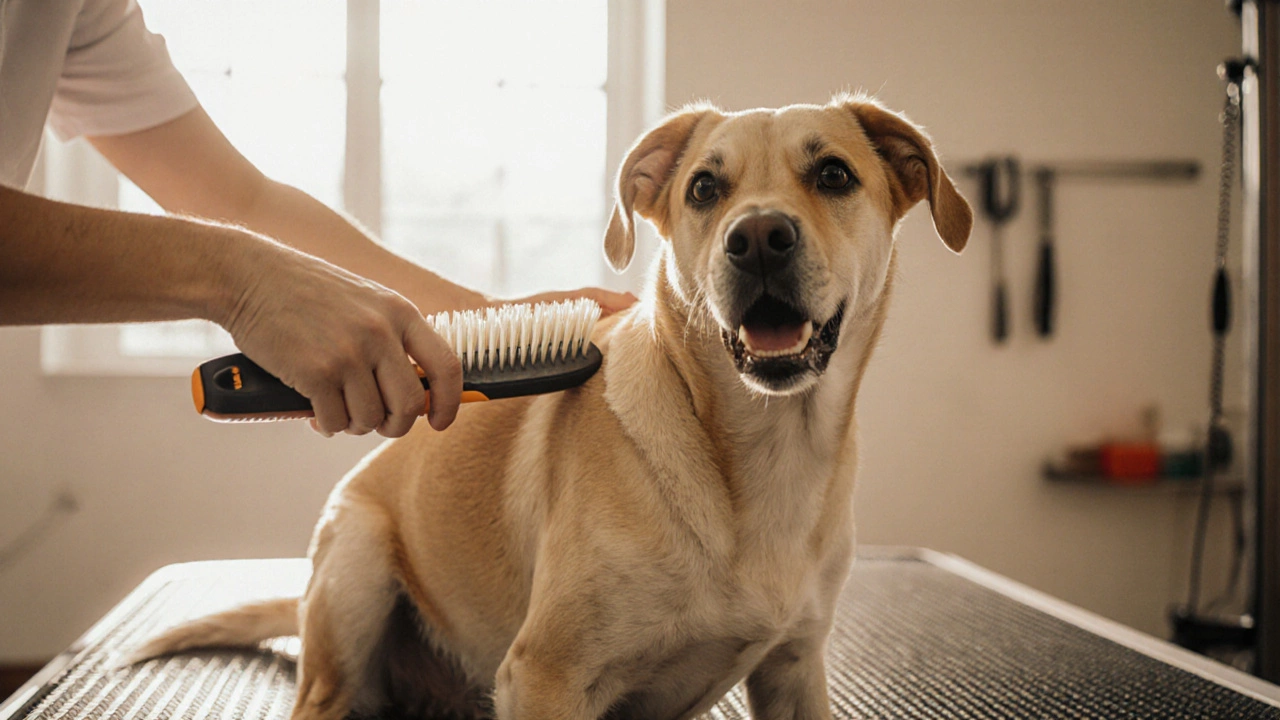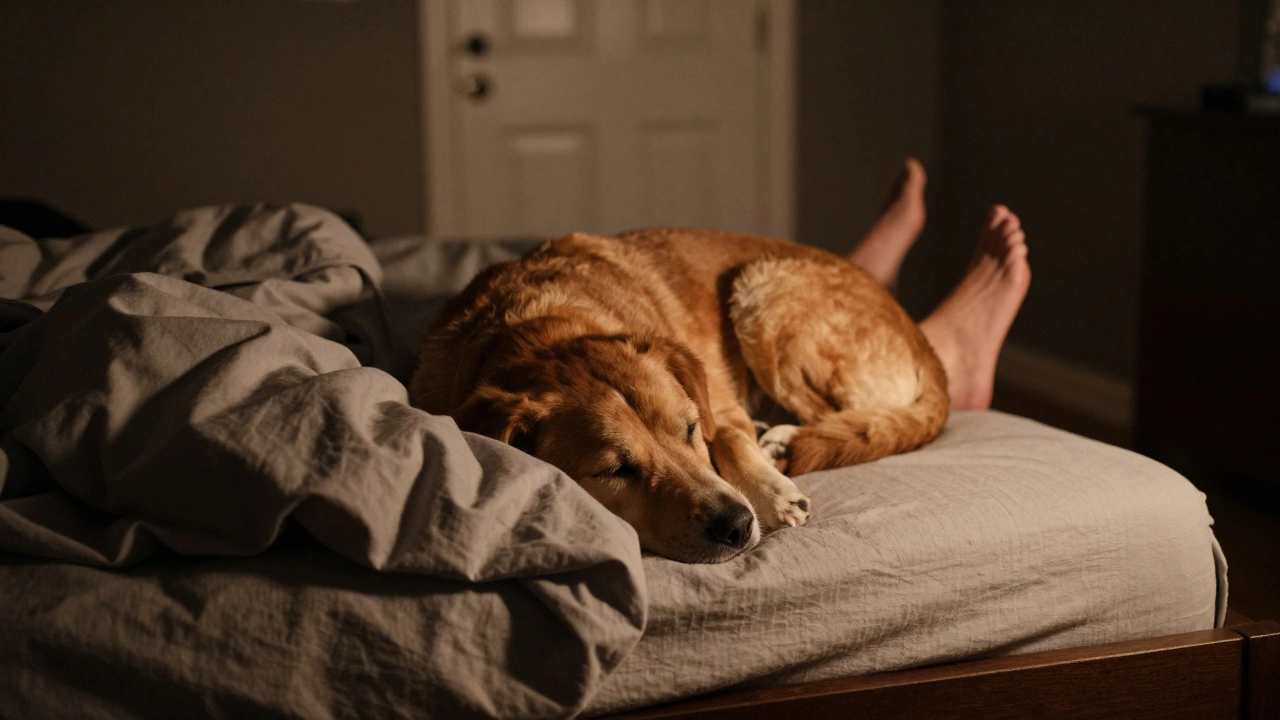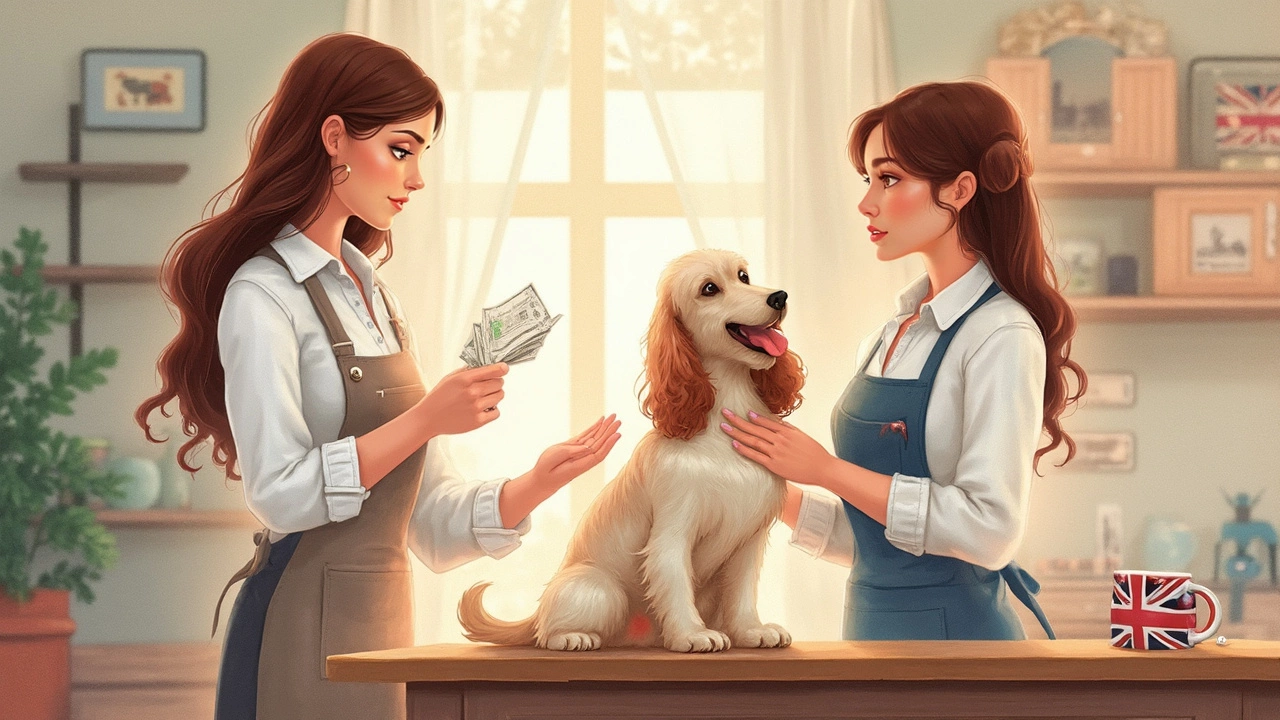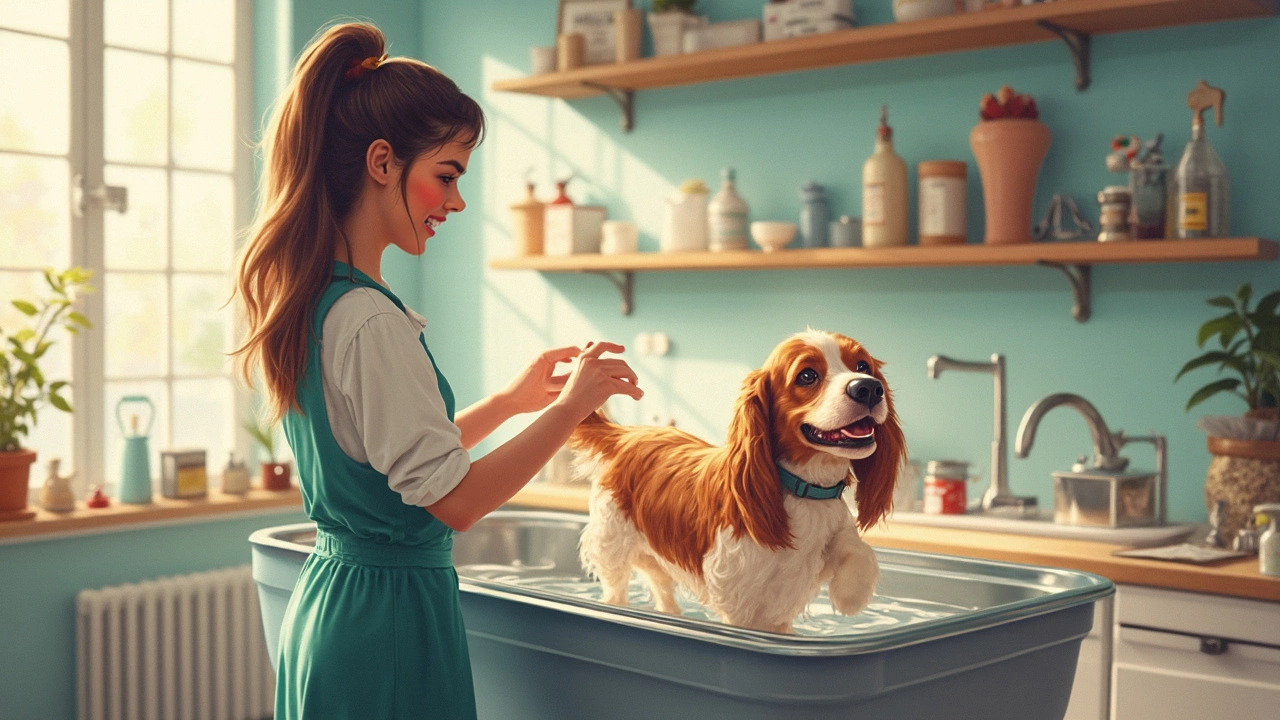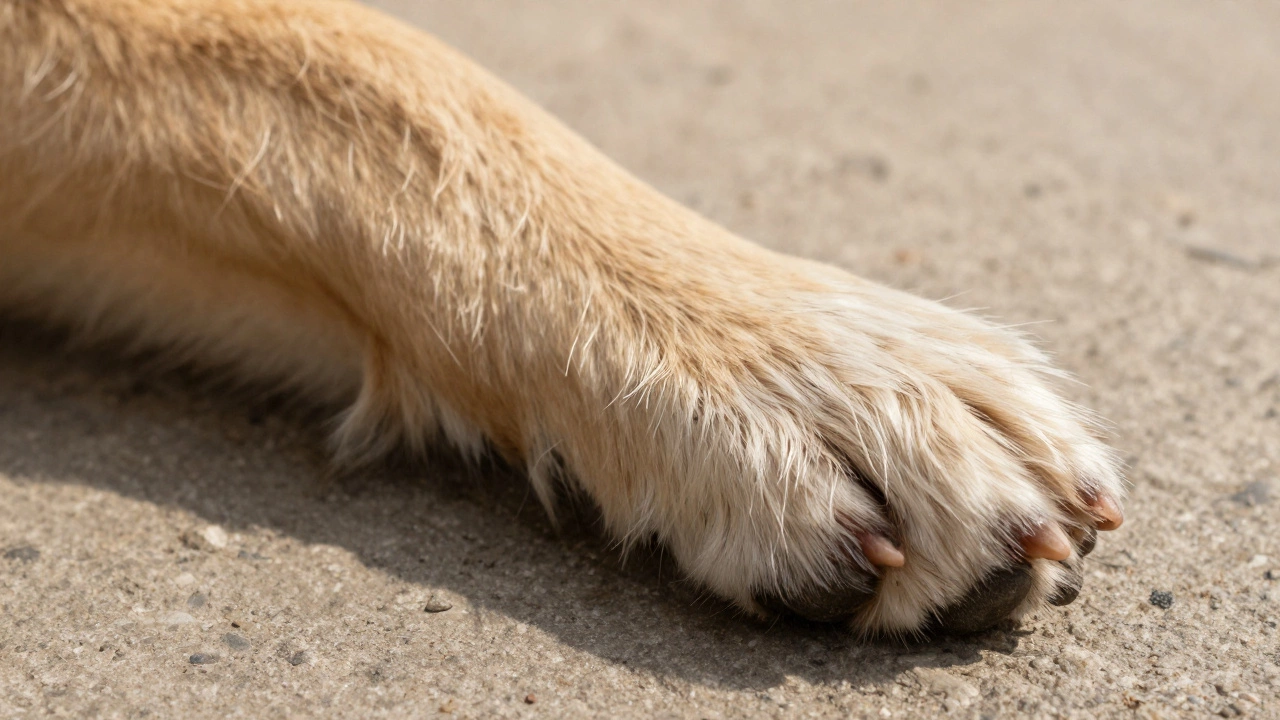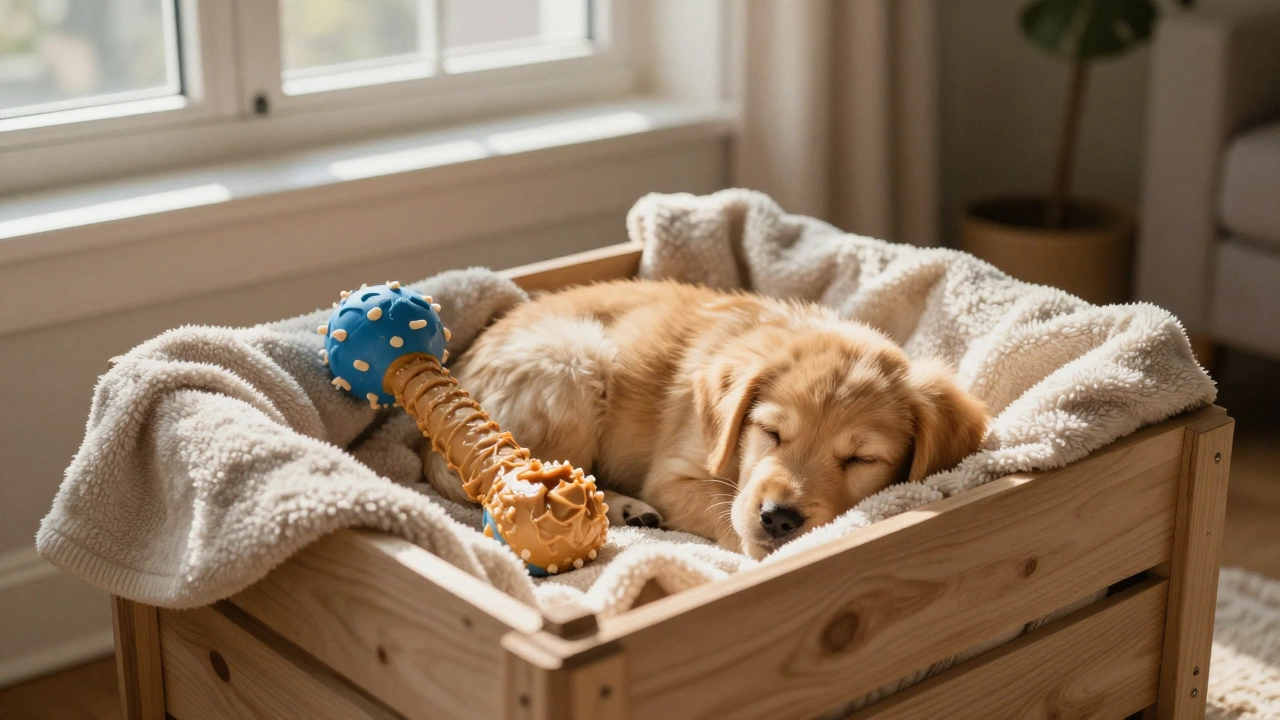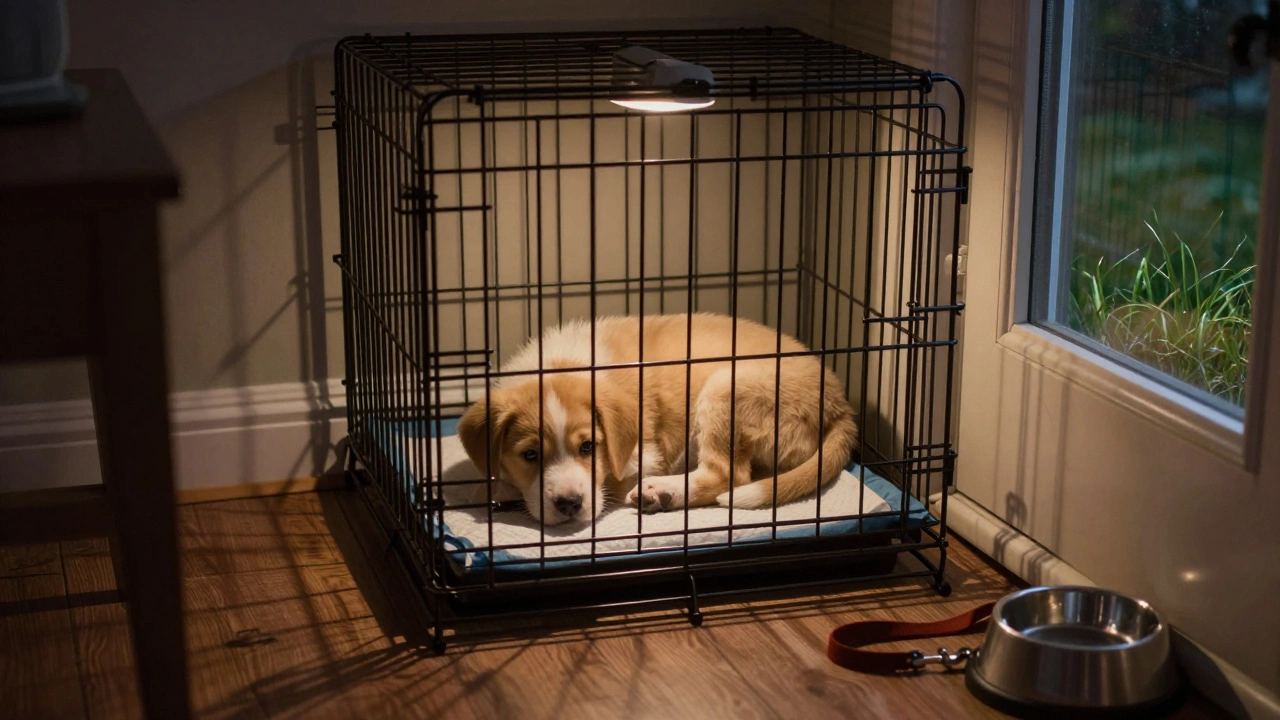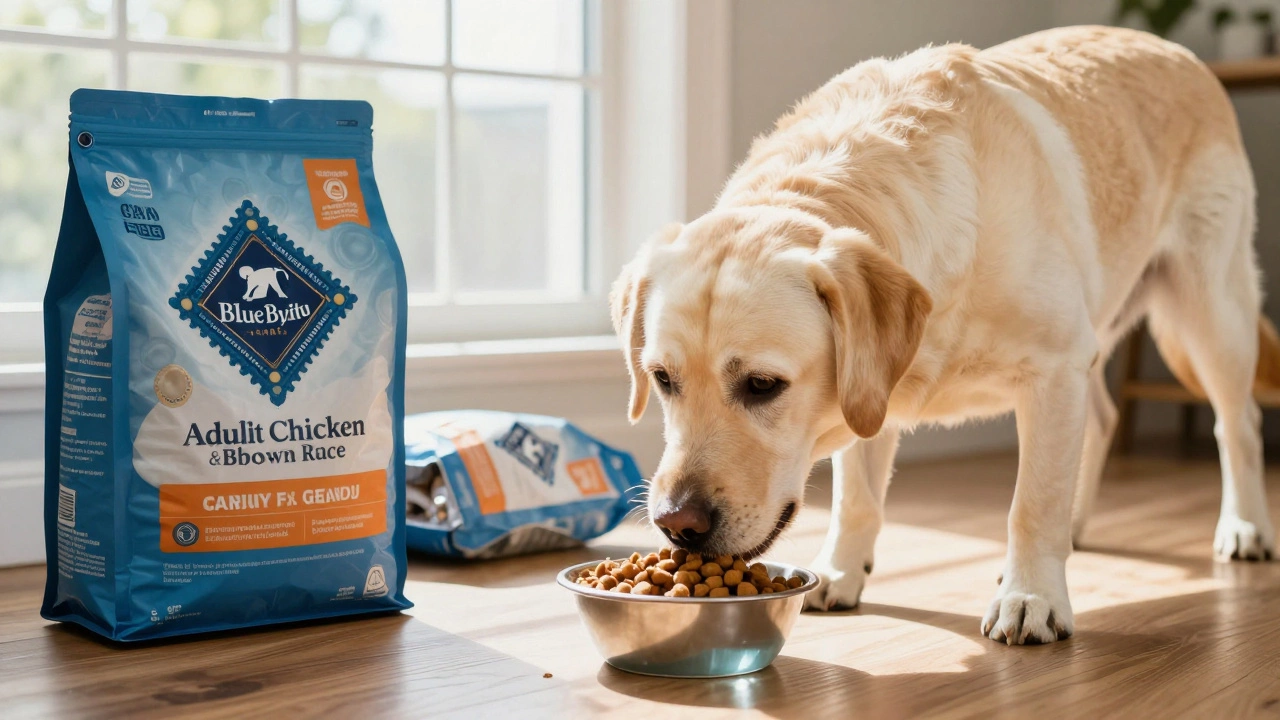Grooming Stress Assessment Tool
Assess Your Dog's Grooming Stress
Answer these questions based on your dog's current behavior during grooming. The tool will help identify potential stress signals and next steps.
Key Takeaways
- Dogs don’t actually "cry" like humans, but they can vocalise when they’re stressed during grooming.
- Look for a combination of vocal sounds, body language and physiological signs to tell if your dog is uncomfortable.
- Factors such as coat type, previous trauma and the tools you use can heighten anxiety.
- Gradual desensitisation, positive reinforcement and a calm environment usually prevent stressful reactions.
- If your dog shows signs of pain, severe fear or a sudden health change, stop immediately and consult a vet or professional groomer.
When you hear a whimper or sudden yelp while dog grooming the process of cleaning, trimming and caring for a dog's coat and nails, you might wonder: is my pet actually crying? The short answer is no - dogs don’t produce tears from emotion the way humans do - but they do have a range of vocalisations that signal stress, pain or discomfort. Understanding those signals helps you keep grooming a positive experience rather than a nightmare.
What “crying” Actually Looks Like in Dogs
Most owners label any whine, whimper or high‑pitched bark as “crying”. In reality, dogs use their voice for many reasons:
- Whining - a low, plaintive sound often tied to anxiety or a desire for attention.
- Yelping - a sharp, sudden burst that usually points to pain or a startling surprise.
- Howling - longer, mournful tones that can be triggered by stress, especially in breeds that are vocal by nature.
These sounds are usually accompanied by other cues, such as a tucked tail, trembling, or a rigid posture. If you only hear a sound without any body‑language clues, the dog may simply be communicating a need for a break, not necessarily suffering.
Why Dogs May Vocalise During Grooming
Grooming touches many sensitive areas: the ears, paws, tail, and especially the skin. A dog’s response depends on three main components:
- Physical Sensation: Rough brushing, clipping, or an unfamiliar tool can feel uncomfortable.
- Past Experience: A dog that once had a painful nail trim may associate the whole process with hurt.
- Emotional State: Dogs are social animals; being restrained or feeling out of control can spark anxiety.
When any of these factors spike, a dog may let out a whine or yelp to let you know something’s off.
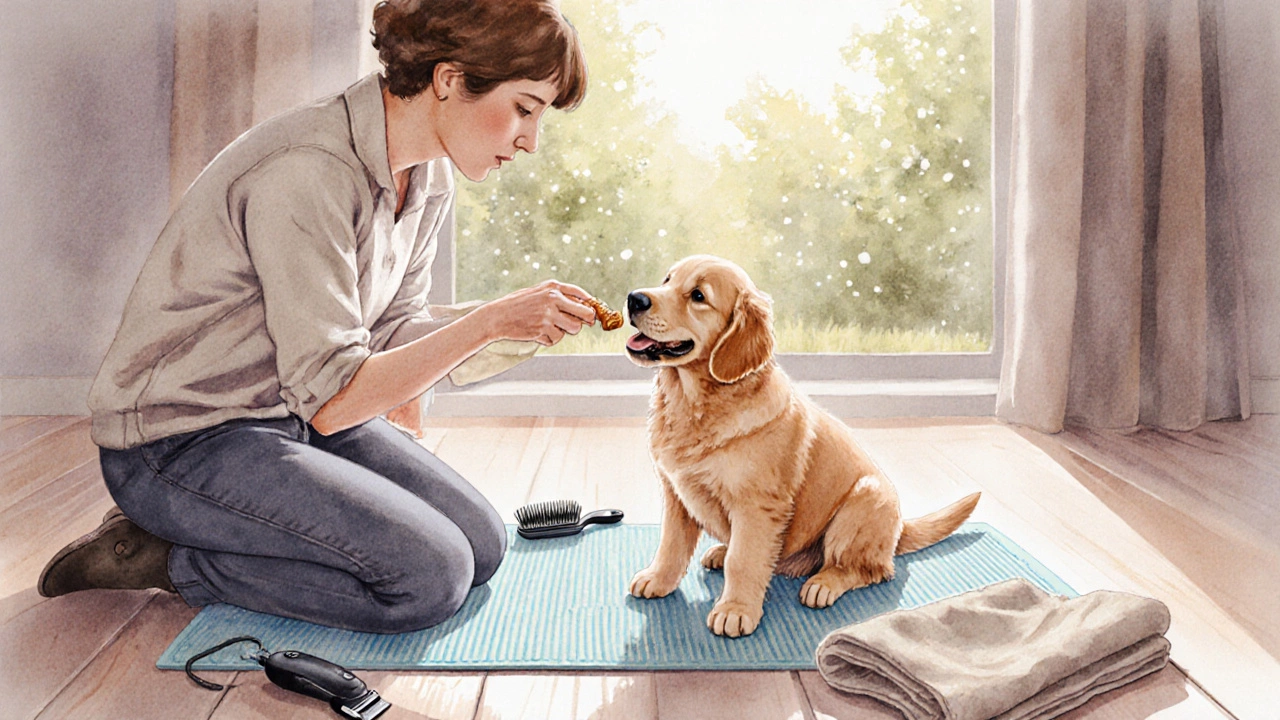
Stress Signals vs. Normal Grooming Sounds
To separate stress from ordinary grooming noises, watch the whole picture. Below is a quick reference table that matches vocalisations with body‑language signs and likely meanings.
| Vocalisation | Body Language | Likely Meaning |
|---|---|---|
| Soft whine | Loose tail, relaxed ears | Mild anxiety, wants reassurance |
| Sharp yelp | Flinching, stiff posture, tail tucked | Immediate pain or sudden scare |
| Low growl | Staring, ears back, teeth barely visible | Feeling threatened, may bite if forced |
| Sudden bark | Tail wagging but body tense | Excitement mixed with nervousness |
Factors That Increase Grooming Stress
Not every dog reacts the same way. Some common contributors to heightened stress include:
- Coat type Length, density and texture of the fur: Double‑coated breeds (e.g., Siberian Huskies) shed heavily and can feel the brush more intensely.
- Previous trauma Any past painful experience related to grooming: A bad nail clip can create a lifelong fear of nail work.
- Temperature: Hot days make fur feel heavier; cold days can make a dog shiver under a dryer.
- Tool unfamiliarity: Electric clippers, de‑shedding brushes or high‑frequency dryers can be noisy and startling.
- Restraint method: Tight leashes or being held down can trigger a fight‑or‑flight response.
How to Make Grooming a Calm Experience
Here’s a step‑by‑step routine that works for most dogs, regardless of size or breed:
- Set the scene: Choose a quiet room, lay down a non‑slippery mat, and keep the lighting soft. The fewer distractions, the easier it is for your dog to relax.
- Introduce tools gradually: Let your dog sniff the brush, clipper and dryer before turning them on. Offer a treat for each calm interaction.
- Use positive reinforcement: Reward with treats, praise or a favorite toy after each successful step - even something as simple as letting you touch a paw.
- Practice short sessions: Start with 2‑minute mini‑grooming bouts. Slowly increase the time as your dog stays calm.
- Watch the body language: If you notice tension, pause, comfort, and resume only when the dog appears relaxed again.
- Mind the temperature: Use a low‑heat dryer or a towel to avoid overheating. Some dogs prefer air‑drying in a warm room.
- End on a positive note: Finish with a favorite game or a walk. This creates a positive association with the entire process.
Many owners find that after a week or two of consistent, short sessions, the dog’s stress levels drop dramatically. The key is patience - rushing will only reinforce fear.
When to Stop and Call a Vet or Professional Groomer
Even with the best preparation, a dog may still react strongly. Know the red flags that mean you should halt immediately:
- Sudden, intense yelping that seems linked to a specific spot - could indicate injury or skin infection.
- Excessive drooling, panting or a rapid heart rate - signs of acute stress or pain.
- Refusal to move any part of the body, especially the legs or tail.
- Visible swelling, redness, or bleeding.
If any of these appear, gently set your dog down, give a calming voice, and contact a vet a licensed veterinary professional or a certified professional groomer someone trained to handle dogs safely during grooming. They can assess whether a medical issue is causing the reaction and suggest a tailored grooming plan.
Quick Checklist - Is Your Dog Crying or Just Communicating?
- Identify the sound: whine vs. yelp vs. bark.
- Observe body language: tail position, ear orientation, muscle tension.
- Check for physical signs: redness, swelling, heat.
- Consider recent experiences: new tool, recent vet visit, trauma.
- Apply calm techniques: pause, give treats, reduce pressure.
- Stop if red‑flag symptoms appear and seek professional help.
Frequently Asked Questions
Do dogs actually produce tears when they’re sad?
Dogs have tear ducts, but they mainly use them to keep the eye surface moist. Emotional crying like humans is not a natural behavior for dogs. What you see is usually a combination of eye irritation and vocalisation.
Is it okay to force a dog to stay still during grooming?
No. Forcing a dog can trigger fear aggression, leading to bites or injuries. Use gentle restraint, a calm voice, and take frequent breaks if the dog shows tension.
How often should I brush my dog to keep stress low?
Short, daily brushing sessions are ideal for most breeds. For heavy‑shedding dogs, a quick brush in the morning and evening helps keep the coat manageable and the dog accustomed to the brush.
Can I use human shampoo on my dog during grooming?
It’s best to avoid human shampoo because the pH balance differs. Look for a dog‑specific shampoo that matches your pet’s skin type - hypoallergenic for sensitive skin, oatmeal‑based for dry coats.
My dog flinches at the sound of clippers - what can I do?
Start by turning the clippers on a distance, letting your dog hear the noise without feeling it. Pair the sound with treats. Gradually move the clipper closer over several sessions until the dog is comfortable.

